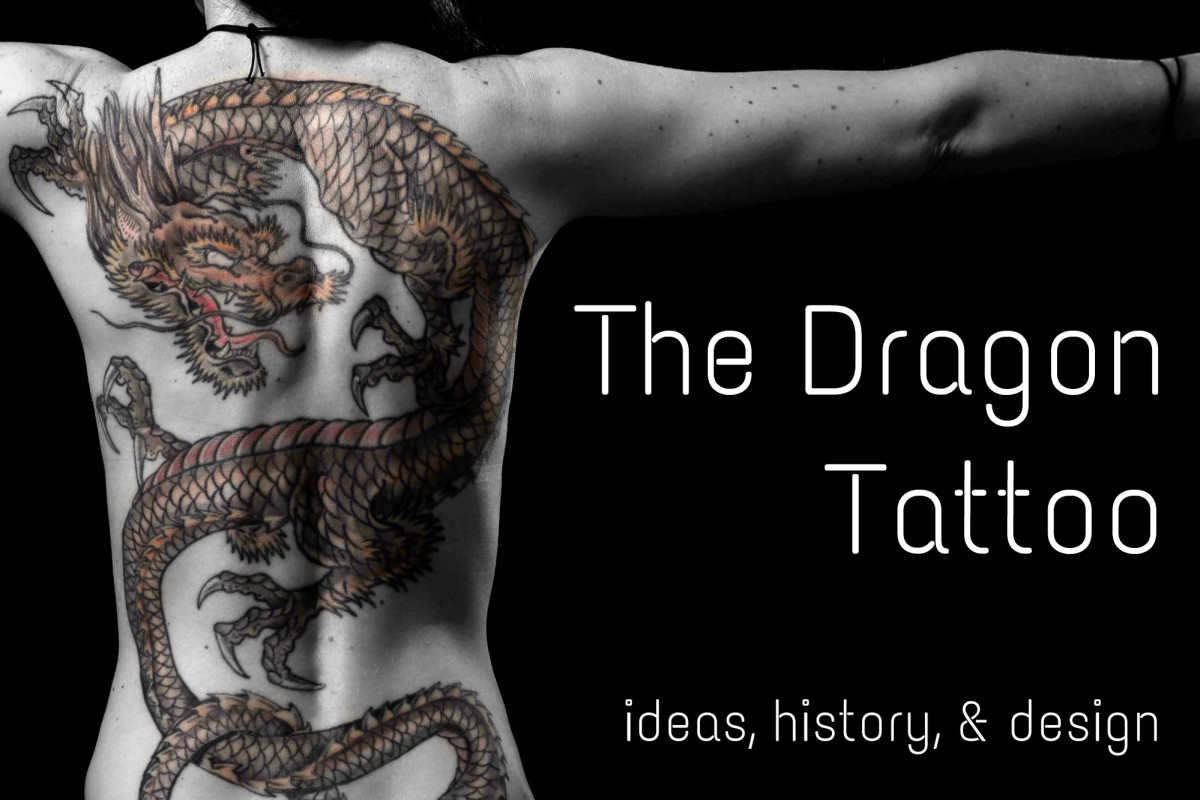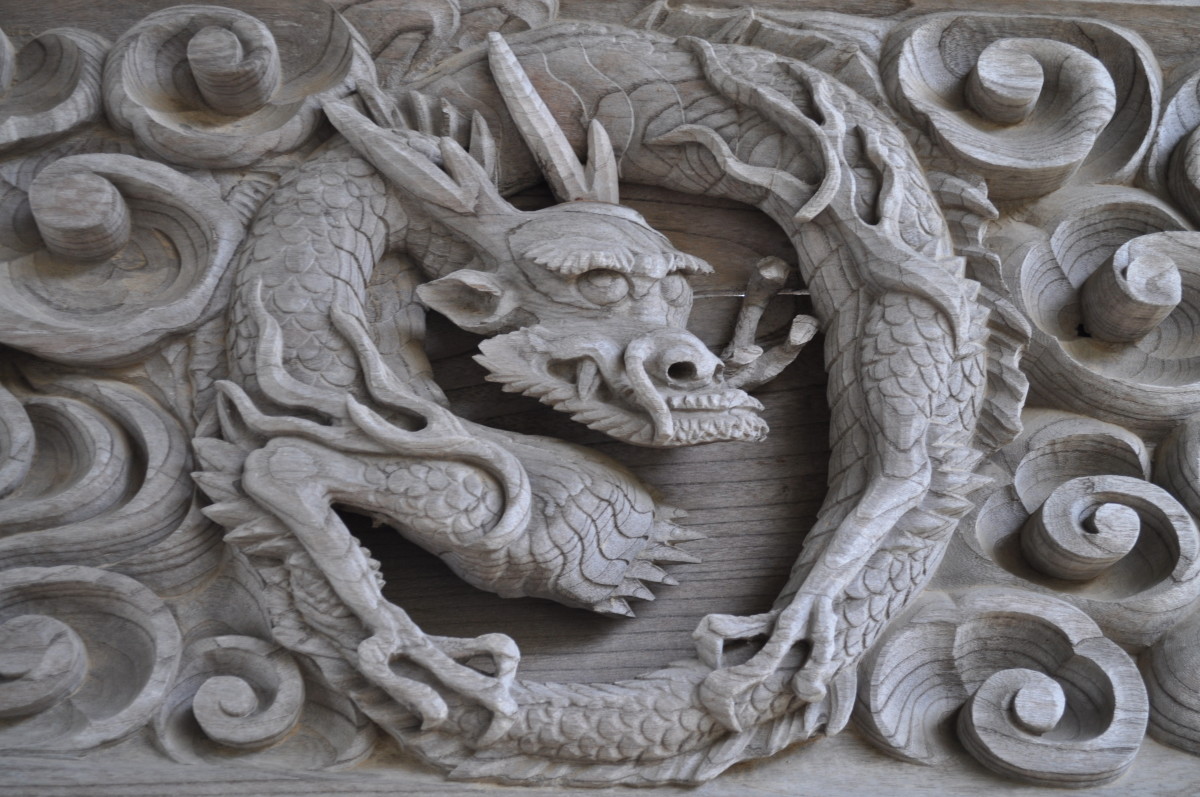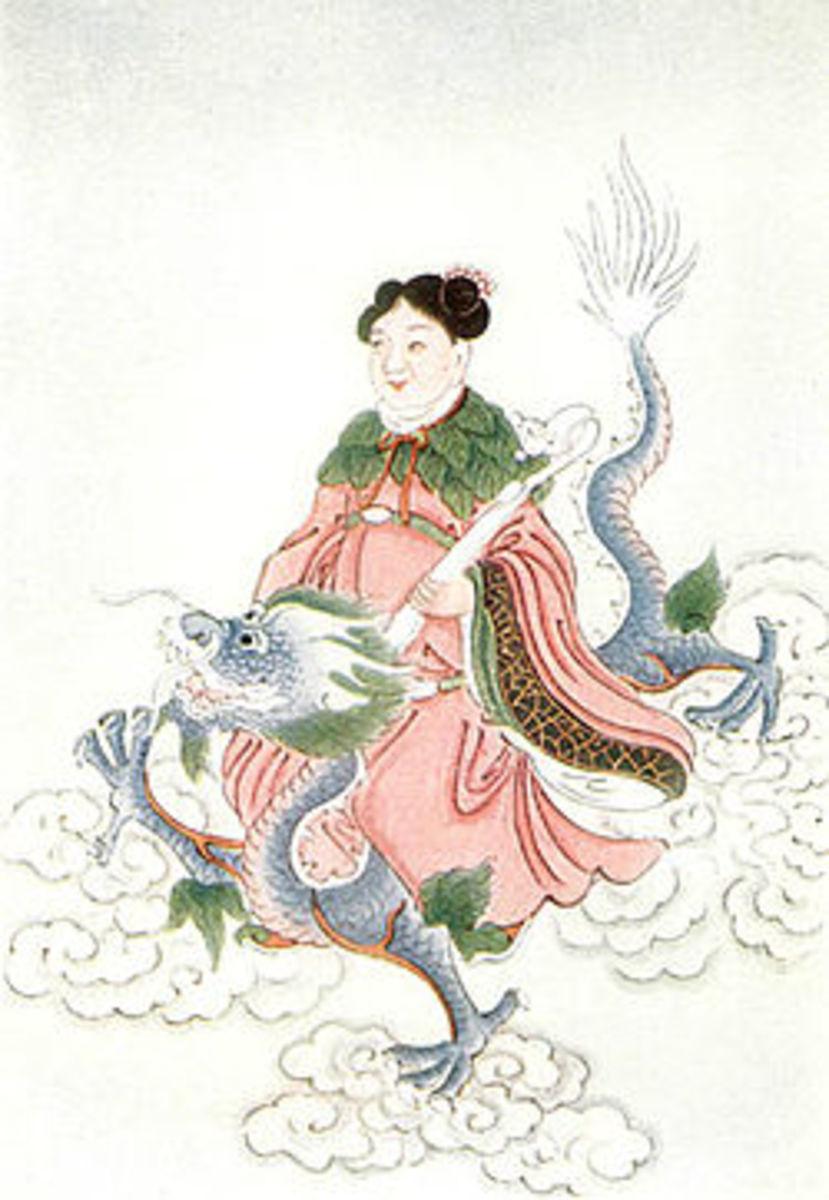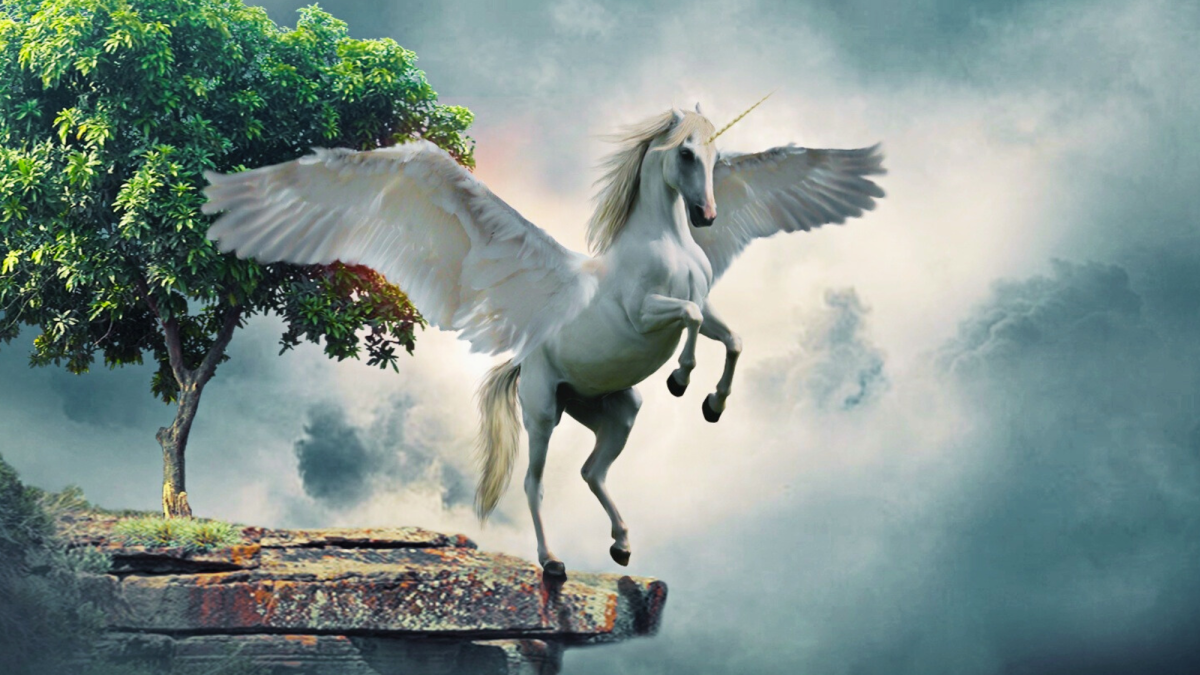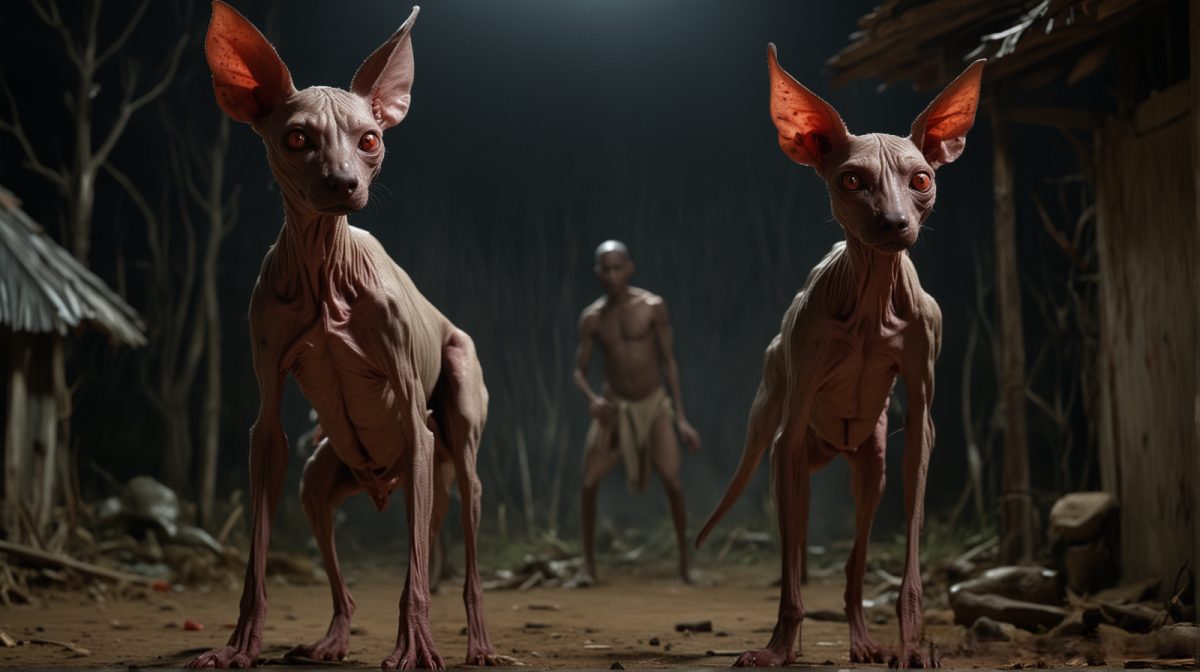- HubPages»
- Education and Science»
- Sociology & Anthropology»
- Folklore & Mythology»
- Legendary Creatures & Cryptids
Chinese Dragons
Amongst the most impressive and awe inspiring creatures of the Chinese mythology is the Chinese Dragon.
A symbiosis of divinity and sublime power, the dragons are the rulers of the waters. In Chinese Mythology, the dragons are a nexus of immense power and lovers of heroes and the gods.
An eminent dragon from the Chinese myths is the Yinglong. The Yinglong is the Rain god. This myth has resulted in people who believe it to be true to pray to the dragons for the arrival of rain.
Resulting from the Chinese folklore and stories is a conclusion that dragons are able to form substantial rain by cloud formation and water sprays from their powerful breath.
A lot of Chinese today, who are conscious of their ethnicity refer to themselves as the ‘Descendants of the Dragon’ and exult with pride when they are referred to as such as well.
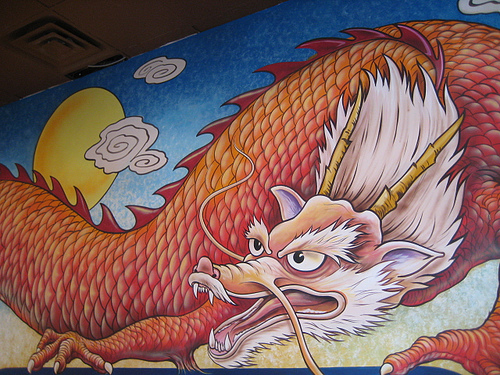
Physiology of the Dragon in Chinese Mythology
The Chinese mythology presents its own unique physiology of the physical makeup of the dragon. It is believed that fully fledged and developed Dragons are not just one unique creature or animal but it is a product of the coalescing of many unique animals on the face of the earth.
The head of the Dragon is said to be that of a Camel. The scales of the Dragon are said to be made from fish scales.These scales are said to consist of both, the yang and the yin. 81 of the yang and 36 of the yin.
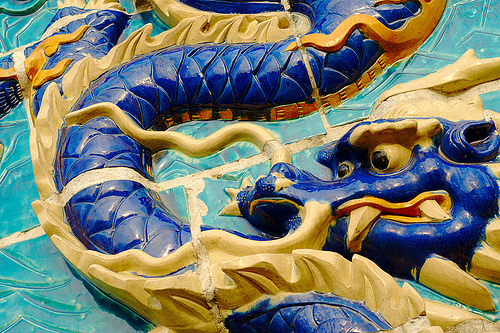
This combination of yin and yang is supposed to balance the personality of the dragon by being neither too good nor too bad for a dragon is supposed to be and it is perfectly in line with its traits.
Next, the horns of a dragon, according to Chinese mythology are said to be those of a Giant Stag. The flanking ears are those of a bull.
Eyes are those of a rabbit and the imperial neck is that of a snake. Further, with a belly of a Clam, kingly paws of tiger and the rasping claws of an eagle, the physiology of the Chinese Dragon is thus complete and perfected to suit every function.
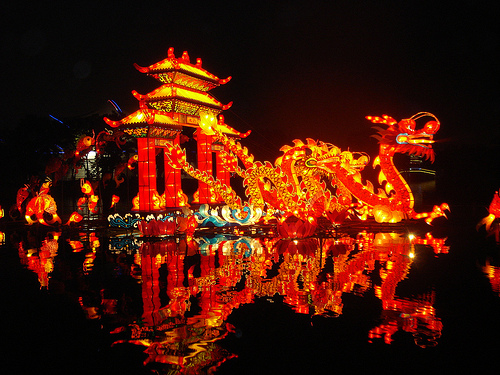
Origins of the Chinese Dragon
The Chinese Dragon is supposed to originate from the Indian Nagas. The Nagas were Godly snakes with faces of humans and thrived and inhabited the depths of the watery regions of the earth where palaces were built.
There are various classes of these Godly snakes depending upon the functions they perform. These vary from guarding great palaces, discharging the rivers, protecting hoarded treasure and supplying rainfall to people.
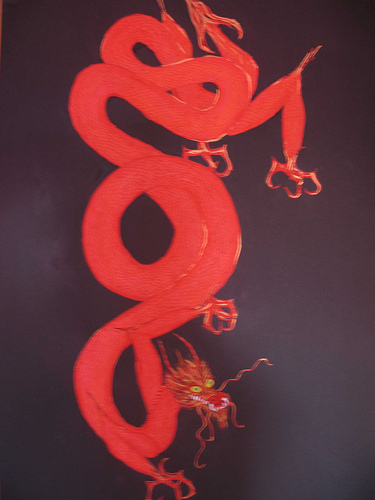
The Varieties of Dragons
Chinese Mythology refers to dragons as ‘Lung’. Broadly divided there are four major types of lungs:
- Tien-lung: Protecting the places of Divine Beings is the Tien-Lung or the Celestial Dragon.
- Shen-Lung: In charge of the wind and rains is the Spiritual Dragon called Shen Lung
- Ti-Lung: With an iron grip on the rivers an waters of the Earth are the Earth Dragons.
- Fut’s Lung: Defending and safeguarding the treasures of superior metals and gemstones is the Fut’s-Lung. These are called the Underworld Dragons.
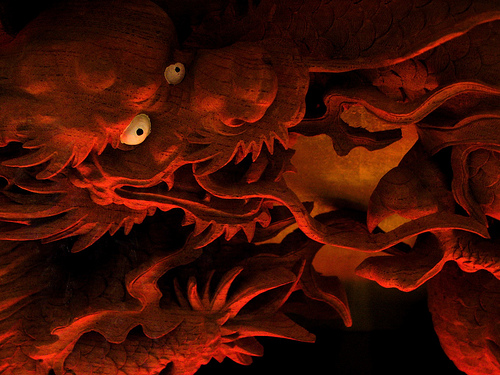
Dragon Personality Characteristics
The Chinese Mythology describes the personalities of dragons as awe-inspiring creatures that are very decisive and possess great thoughts and standards. Dragons are very confident, passionate (in the sense that they are driven by their impulses) and are not influenced by others. They like to be the best at what they do.
However, the dragon maintains the above mentioned traits without being deceptive or dishonorable in the least degree.
Neither does the dragon accept defeat. Failure is not an option for a dragon. Moving on, one thing the Chinese dragon enjoys is the Commanding positions and authority which they possess.
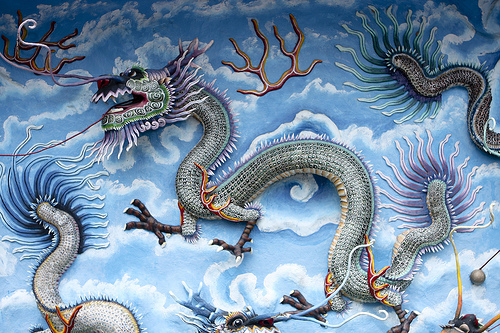
The dragons are proud of their abilities and nature of command and it is that pride that leads to them to never accept any option other than being victorious.
And in the case any obstacle comes up, the dragon imperiously, is said to eliminate one by one, all the blocks that stop his path in a way that maintains his personality traits.
The dragon is thus an intriguing part of the Chinese Mythology and it is only because of such an intriguing concept of them that the myth is still strong not only in China but the world over.
Chinese Dragon Mythology
More Famous Myths
- Dragons
Dragons have been a part of mythology and legend for thousands of years. Almost every country in the world has some sort of dragon story. Stories of dragons have been handed down for generations in many... - Mythical Gods And Creatures
In Greek mythology living beings come under two categories, that is, they are either gods and heroes, or creatures. Gods have most characteristics of humans, but along with this they also have supernatural... - Mysterious Myths About Mermaids
Almost every one out there must have seen the cartoon "The Little Mermaid" or read this book in their childhood. The mermaid has always been a creature of mystery, fantasy and unlimited beauty. Its elegance... - Mysteries Of The Yeti
There are some things in the world that have confused mankind over the ages. Many myths,mythological creatures and lost places have been found in different cultures. Each culture has a different explanation... - Who Were The Vikings?
The Vikings came from their homes in Scandinavia, from the countries we now call Norway, Sweden and Denmark. The name Viking comes from the language which is called old Norse'. In Norse Vikings means...


